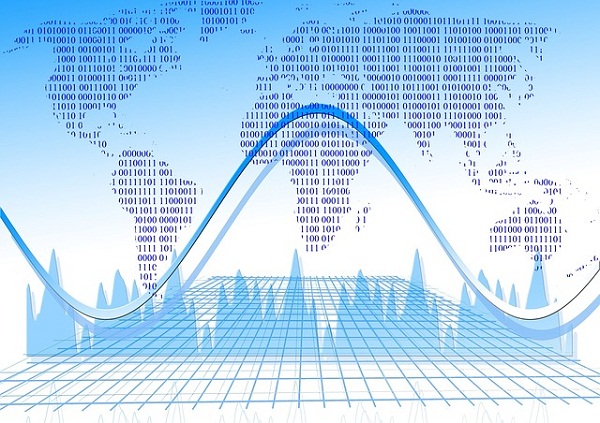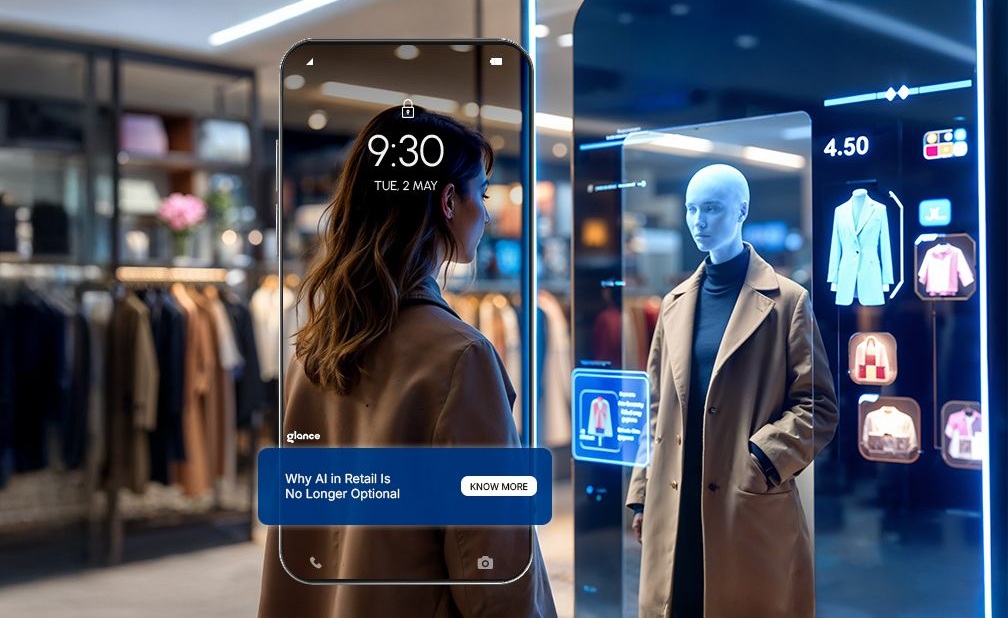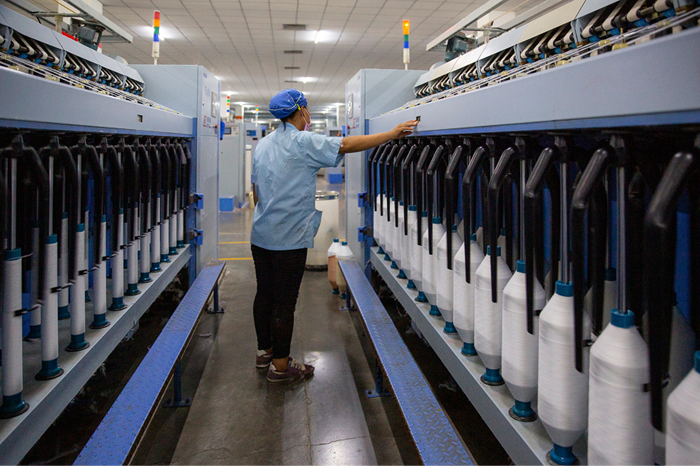
Big data is the boon the fashion sector has been bestowed with. The primary aim is to identify customer segment through the analysis of customer preferences worldwide and provide insights into the changes in mindset with culture. With this, fashion retailers can target a wider audience for their designs, thus, bringing more potential for outreach and revenue. Big data can also drive one-to-one engagement with shoppers. With nearly 1 in 3 people making purchases online, many fashion companies have personalized their e-commerce journeys. Brands have been able to offer customers what they want and when they want it to cultivate loyalty.
From subjective to informed decision making
Indeed the global fashion sector is huge but more often than not decisions were and are still made subjectively, with a large risk of hit or miss. As per Ellen McArthur Foundation, this style of operating is the reason for substantial wastage – more than $500 billion of value goes down the drain every year due to underutilization of clothing and lack of recycling methods. For a while now, the fashion industry has been labeled ‘acting on gut feelings’ based on assumptions, poor market knowledge and understanding of customers spread across geographic markets.
Every year 25 per cent of online fashion retailers miss the opportunity of better margins simply because they lack in crunching big data and make informed decisions. In a world where fast fashion rules, assumptions based on feelings lead to 70 day or more gaps that make their products obsolete when hitting shelves. Well, things can change as sophisticated means of managing big data are available to help the sector make decisions based on insights that other industries are using to their advantage.
Fashion can no longer ignore efficiencies
Data generation is growing in quantum leaps and bounds. Today, 463 exabytes of data are being generated and the global cloud will have capacity to host 200 zettabytes of data by 2025, creating the ultimate goldmine of business information that industries worldwide need, fashion being no exception. Seizing descriptive analytics to their full potential will encompass determining the best marketing strategies, making much more accurate product recommendations to customers, or making pre-market launch product tests easier, better manage inventory levels and ultimately driving sales and profits. As per Valeriia Povergo, Founder, Dream Dress, a fashion tech start-up that enables fashion consumers to define the right fit without over-ordering says, data is critical for retail decision-making, and every solution revolves around it. Dream Dress integrates via API, and the data it generates will assist customers in matching the product search and directing them toward models that suit them. For retailers, it will be extremely beneficial because it will result in receiving the correct order and reducing the number of returns.
Accessible data benefits all
Acquired data helps brands and retailers understand what the customer wants, where and when and how customers undertake buying journeys which can be different across geographic markets, cultural sensitivities and sub-segments within a segment. The analysis will help design a more comprehensive customer experience that leads to engagement, loyalty and better sales. To speed up decision making, AI product discovery platforms provide analysed data upon which decisions can be made immediately. Amazon and Zolando provide personalized search options to customize offerings for individual customers. Leveraging big data is not a passing fad to dabble in but a robust business tool that will make all the difference for a brand’s or a retailer’s success from here on.












